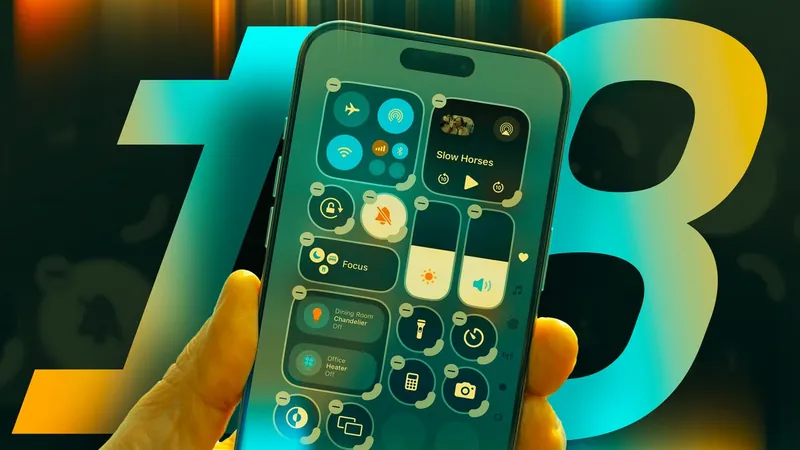
Shocking Discovery: Low Vitamin D Levels Slow Down Fracture Healing in Children!
2024-09-29
Recent research presented at the 2024 American Academy of Pediatrics (AAP) National Conference & Exhibition in Orlando, Florida reveals a critical link between low vitamin D levels and prolonged healing times for fractures in children. This groundbreaking study underscores the urgent need to evaluate vitamin D sufficiency, particularly among pediatric patients.
The findings suggest that whether or not fractures require surgical intervention, children with inadequate vitamin D experienced significantly longer recovery periods compared to their peers with normal levels. Jessica McQuerry, MD, a leading figure in this study, emphasized, “While past studies emphasized vitamin D's role in fracture prevention, it’s now glaringly clear that insufficient vitamin D levels also slow down healing times. Ensuring that children consume a balanced diet rich in vitamin D is essential for their overall health and recovery.”
Historically, low vitamin D levels have been associated with various bone health issues, including compromised calcium absorption, which is vital for effective fracture healing. Despite previous research focusing on fracture prevention—especially in adults—the impact of vitamin D on the healing process in children had not been thoroughly examined until this study.
Study Insights
Over a seven-year period, researchers conducted a retrospective analysis of pediatric patients aged 0-17 years who suffered from extremity fractures. Key data was collected on patient demographics, medical history, types of fractures, treatment methods, outcomes, and vitamin D levels. The vitamin D levels were categorized into two groups: low (serum levels <30 ng/ml) and normal (serum levels ≥30 ng/ml).
Among the 166 patients with 187 fractures, 61.4% presented low vitamin D levels. Noteworthy findings revealed that:
- Clinical healing times for those with low vitamin D were extended by an average of **7 days** (44 days vs. 37 days).
- Radiographic healing times were delayed by a staggering **35 days** (74 days vs. 39 days).
- Lower extremity fractures were particularly impacted, taking an additional **20 days** to heal clinically and **56 days** longer to heal radiographically for patients with low vitamin D.
In cases requiring surgery, the delays were even more pronounced, with clinical healing times extending by **33 days** and radiographic healing times by an astonishing **115 days** for patients with low levels.
Moreover, the study highlighted that children lacking vitamin D supplementation experienced a notable delay in radiographic healing (69 days vs. 38 days).
Conclusion
These staggering results emphasize the importance of evaluating vitamin D levels in children with fractures and suggest the potential benefits of supplementation. Clinicians are urged to proactively assess and advise on the necessity of maintaining adequate vitamin D levels to facilitate faster healing and recovery.
As Dr. McQuerry aptly put it, “Getting outside and enjoying the fresh air can do wonders for your health while also increasing vitamin D absorption. It’s the perfect reason to explore the outdoors and embrace nature!”
In light of these findings, parents and caregivers should take this opportunity to ensure their children receive adequate vitamin D, optimizing their health and hastening recovery in the unfortunate event of an injury. Stay informed and proactive about your children’s health—they deserve the best!


 Brasil (PT)
Brasil (PT)
 Canada (EN)
Canada (EN)
 Chile (ES)
Chile (ES)
 España (ES)
España (ES)
 France (FR)
France (FR)
 Hong Kong (EN)
Hong Kong (EN)
 Italia (IT)
Italia (IT)
 日本 (JA)
日本 (JA)
 Magyarország (HU)
Magyarország (HU)
 Norge (NO)
Norge (NO)
 Polska (PL)
Polska (PL)
 Schweiz (DE)
Schweiz (DE)
 Singapore (EN)
Singapore (EN)
 Sverige (SV)
Sverige (SV)
 Suomi (FI)
Suomi (FI)
 Türkiye (TR)
Türkiye (TR)